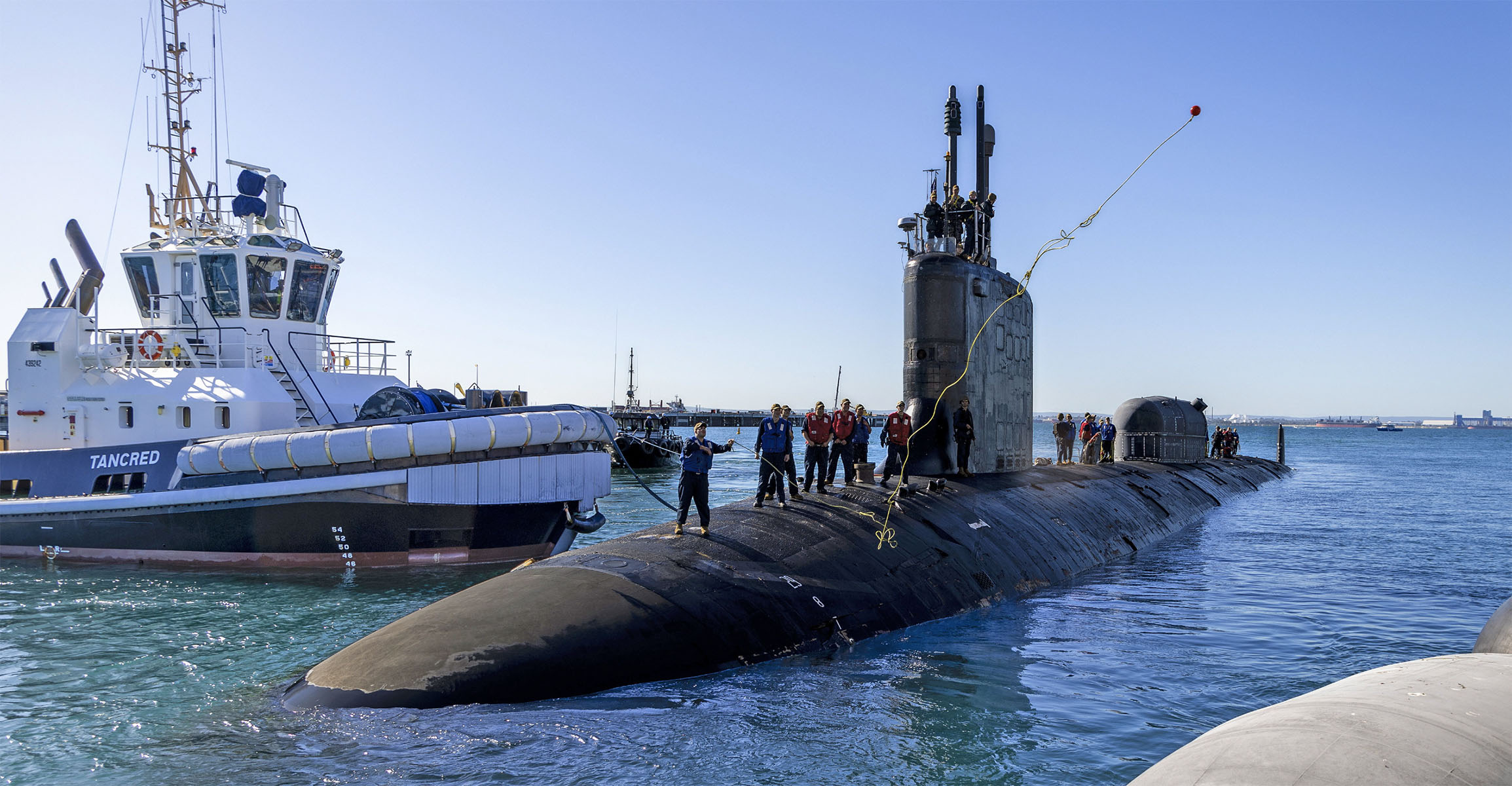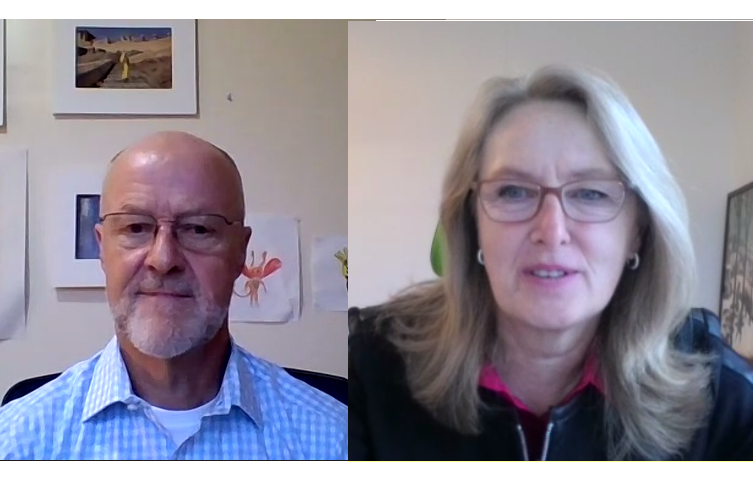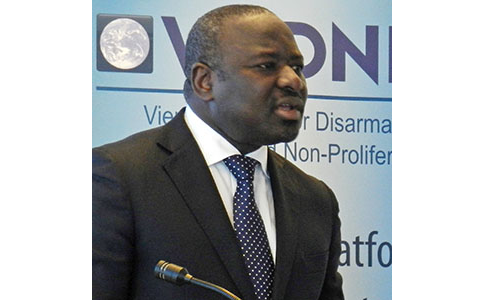
In an article published by the European Leadership Network, written during his time at the VCDNP, former Research Intern Alexander Hoppenbrouwers explores the diversion risks of nuclear-powered submarine programmes in non-nuclear-weapon States. Due to efforts by Australia and Brazil to acquire nuclear-powered submarines, the issue of naval nuclear propulsion and its impact on the nuclear non-proliferation architecture has been actively debated in recent years. Concern has focused on the potential diversion of nuclear reactor fuel used in these programmes and the obstacles to verifying that this diversion does not occur.

Mr. Hoppenbrouwers explains that technical challenges in removing fuel once it has been installed in the submarine make it difficult to divert nuclear material while in use as a power source. A State may try to use a cover story to be able to carry out the arduous process of removing fuel without raising suspicion. A State could also divert nuclear material before or after its use in the submarine, or use a nuclear-powered submarine programme to build up its nuclear capabilities with the aim of using them in a weapons programme.
Non-nuclear weapon States must conclude an arrangement with the International Atomic Energy Agency (IAEA) to exercise their discretion to use nuclear material for non-proscribed military uses, such as powering submarines. Mr. Hoppenbrouwers argues that, in concluding this arrangement, the IAEA should focus on a few main points: maximising the application of routine safeguards outside of the fuel’s use in the submarine, adequate verification measures applied to the nuclear material during installation in and removal from the submarine and during transport between nuclear or military facilities, and verification of the material’s presence in the submarine. The IAEA can point to previous negotiations on this topic to back up its arguments.
Alexander Hoppenbrouwers completed a Research Internship at the VCDNP between March and October 2024. Previously, he served as a trainee at the EU Delegation in Geneva and worked as an intern at the Security Policy Department of the Dutch Ministry of Foreign Affairs. He holds a Master’s degree in International Security with a specialisation in Diplomacy and Middle East Studies from Sciences Po Paris.

